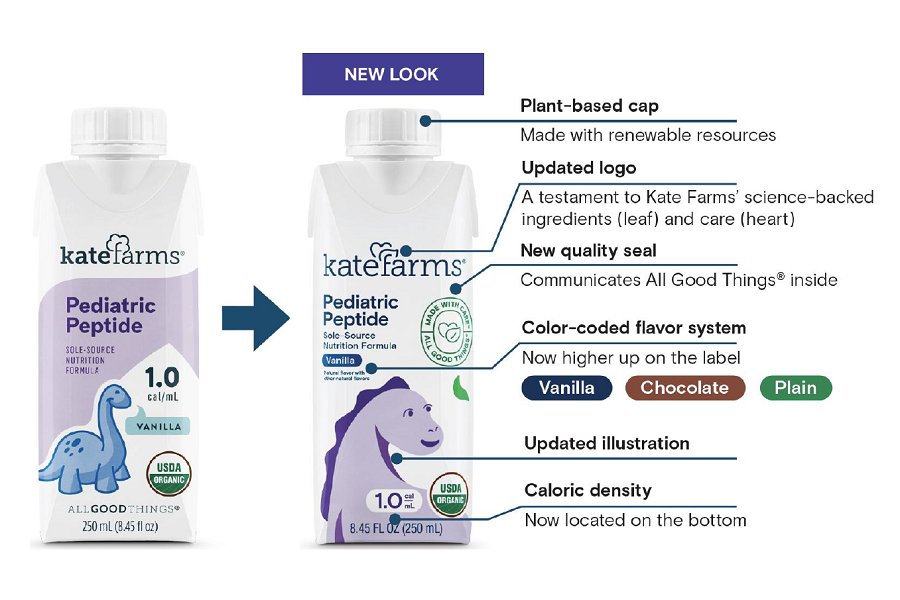Milk, or lactose, intolerance becomes more common as you age. Milk allergy, on the other hand, occurs in 2.5 percent of children less than three years old. Most kids outgrow it, but it may persist into adulthood. The symptoms and treatment for both are very different. Consult with you doctor if you think you may have either condition.
Lactose Intolerance: It’s About Milk Sugar
If you experience gas, bloating or other gastrointestinal side effects after consuming dairy products like milk, yogurt and cheese, you may have lactose intolerance. Lactose is the predominant type of sugar in milk. Not everyone has enough of the enzyme, lactase that breaks down lactose in the small intestine. Undigested milk sugar cannot be absorbed into your bloodstream, so it continues on to your large intestine. There, it is processed by the beneficial bacteria that live there, resulting in symptoms that may include gas, bloating and diarrhea.
You may have mild lactose intolerance, in which you can tolerate small amounts of milk. If you have a more severe form of intolerance, you may need to consume lactose-free milk or take lactase supplements with dairy foods. Most people with lactase deficiency can tolerate yogurt in moderation, as it contains active cultures that improve tolerance. If you forego dairy altogether, make sure you get enough calcium and vitamin D from other sources.
Milk Allergy: It’s About Milk Protein
If you have milk allergy, your immune system over-reacts to the ingestion of proteins in milk. This is a more serious condition than lactose intolerance, as the symptoms can be much more severe. Milk allergy can present as hives, itching or swelling of your skin. It may also manifest as anaphylaxis, or difficulty breathing. Anaphylaxis may be accompanied by other complications, such as vomiting, diarrhea, skin issues, swollen lips and reduced blood pressure. If this is a risk for you, your doctor may prescribe an epinephrine injection device, or an epi pen, for emergencies.
The only way to prevent symptoms of milk allergy is to avoid all dairy products. You must carefully read food labels and ask questions when you go out to eat. Some dairy sources are difficult to detect, such as food cooked in butter or milk protein added to certain medications. Allergy to milk is the most common food allergy in infants and young children. If your infant has a true milk allergy, she may need to consume a special formula to meet her nutritional needs.
This article is designed for educational use only and does not replace the advice of a medical professional. If you have any questions or concerns regarding your child’s feeding regimen, contact your healthcare provider.
























